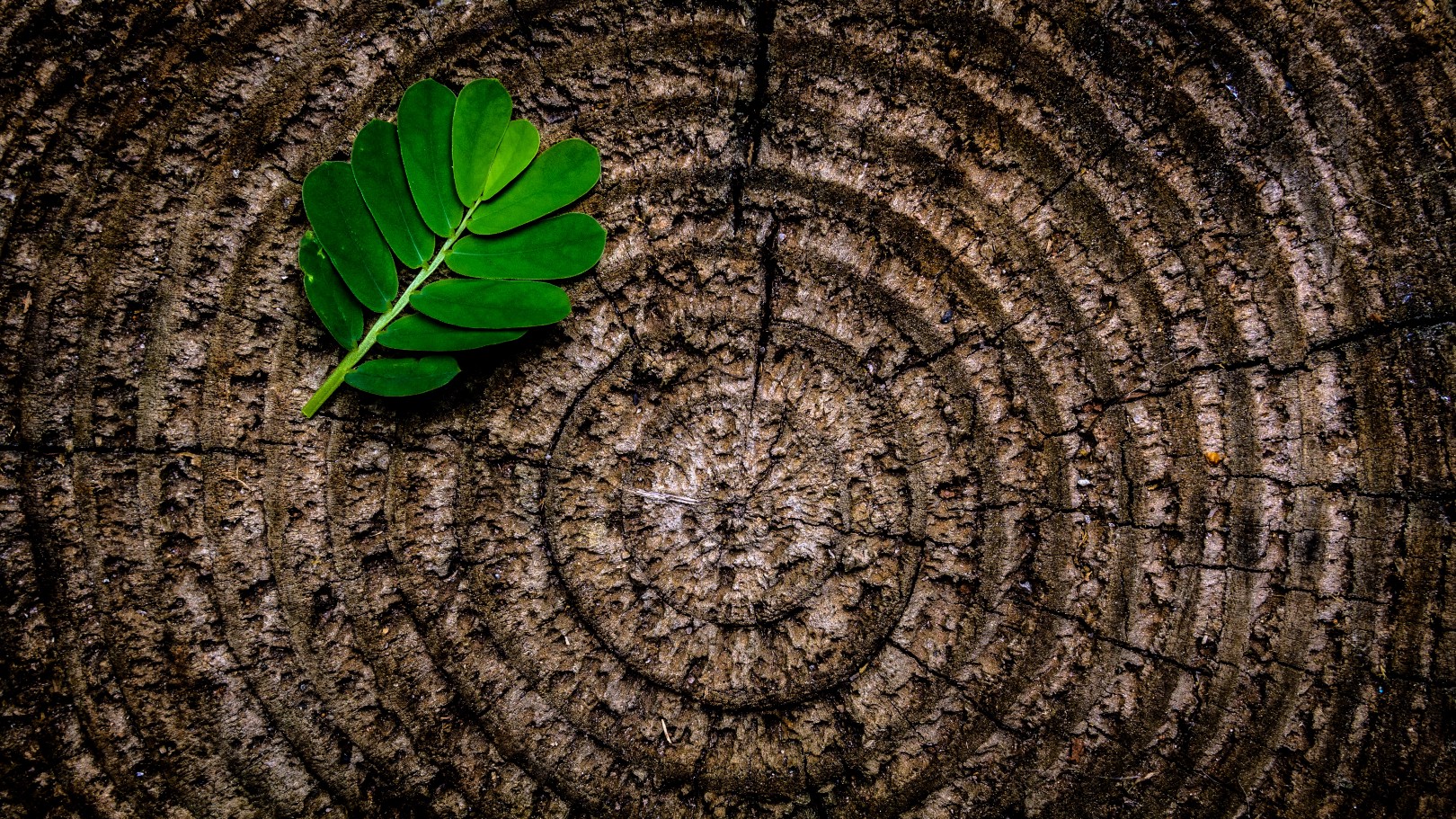A guide for your nature walks
By Anjali Shastry
Whether you’re taking a hike, gardening in your backyard, or even taking a walk around your neighborhood, math is all around you. Not just in the architecture of the buildings you see, or the physics and chemistry that goes into making streets and sidewalks, but also in nature itself.
Math can sometimes seem abstract, but it is found easily in the plants that surround us every day. Take a walk as a family in your neighborhood and see if you can find some of these basic mathematical principles at work in the flora you find!
Concentric Circles
Have you ever dropped a pebble into a pond and seen the circles that ripple out? Or the rings that circle one another on a tree stump? Those are all concentric circles!

Photo by Wilhelm Gunkel on Unsplash
Concentric circles are circles that are different sizes but share the same center. They circle each other, growing out and getting bigger and bigger. They’re not just in ponds and on tree stumps — they’re in your kitchen! Slice an onion and count how many circles you find.
Where can you find concentric circles? Take a stroll through your local park or neighborhood — what do you see?
Fibonacci Sequence
We’ve all heard of Fibonacci numbers, but how do they apply to everyday life? The sequence, discovered by and named for 12th-century Italian mathematician Fibonacci, is a series of numbers where the next number is the sum of the previous two numbers. For example: 1, 1, 2, 3, 5, 8, 13, 21, 34, 55, 89, 144…
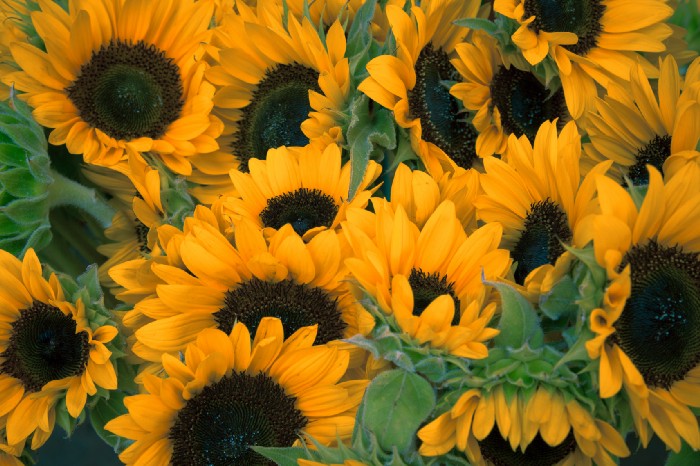
Photo by Gérôme Bruneau on Unsplash
The numbers alone have no real significance, but they crop up all the time in mathematics and yes, in nature! You can find these famous numbers in your local plants. Count the petals on a sunflower, a black-eyed Susan, or a daisy. Do the number of petals seem familiar? Sunflowers most often have 55, 89, or 144 petals. Black-eyed Susans often have 13, and daisies will vary from 34 to 89. Whoa!
What other flowers can you find that follow the Fibonacci sequence?
Fractals
Fractals are naturally occurring patterns that you can find in nature. You can find them in succulent growth spirals (below) and ferns, or in how tree branches grow. If you’ve ever had romanesco broccoli, you’ve even eaten a fractal!
What kinds of fractals are in your yard or neighborhood?
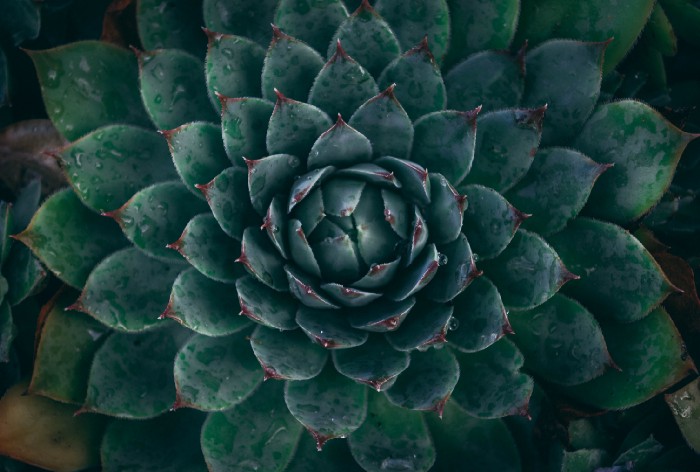
Photo by Taras Chernus on Unsplash
Hexagons and Other Shapes
There are all sorts of shapes to be found in flora. Conifers are in the shape of cones (hence the name), dew drops that coalesce on the leaves of plants are spheres, and salt granules are perfect cubes.
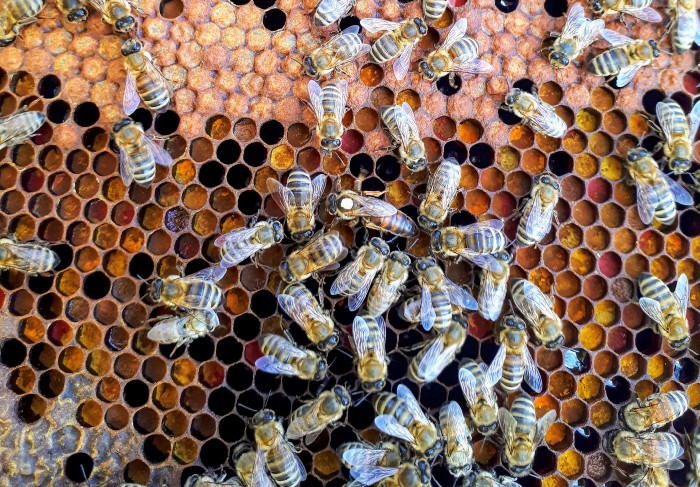
Photo by Boba Jaglicic on Unsplash
But the most common shape you’ll find in nature, and the one that most astounds mathematicians, is the hexagon. These six-sided shapes are everywhere! Beehives, insect eyes, and snowflakes are all made up of hexagons. And while free-floating bubbles are often spheres, when a bunch of bubbles mash up against one another, they turn into hexagons!
What shapes can you find around your house or yard?
Symmetry
Human beings are attracted to symmetry. It’s proportionate, harmonious, and pleasing to the eye.
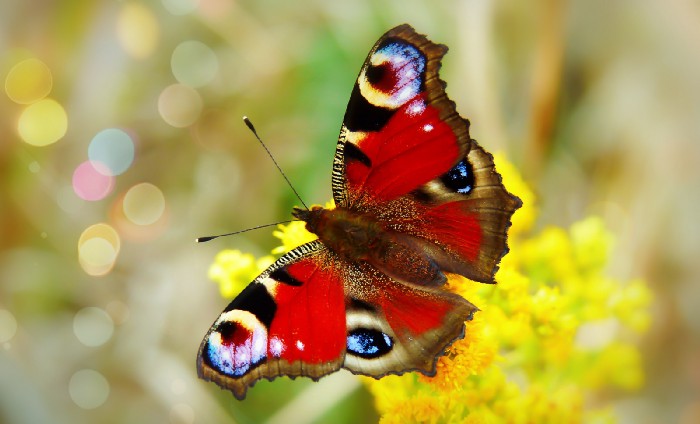
Photo by Krzysztof Niewolny on Unsplash
There are two types of symmetry: reflective and rotational. Reflective symmetry is the one we most often think of when we think of symmetry — that one side of an image matches another (think butterfly wings). Rotational symmetry is when the object has a central point where if you rotate it, it will match its own shape (think starfish).
There are lots of ways that nature creates symmetry, from leaves to spider webs. Yes, those same spider webs you find in your house! Take a close look at them (but not too close!), and you’ll see the pattern emerge.
What symmetries can you find?
Go forth and explore!
Math really is everywhere! Enjoy exploring your yard, neighborhood, and parks to find applied mathematics. We enjoy looking at everyday sights with a fresh new perspective, and we hope you do too!
Thanks to Cecilia Clark.

